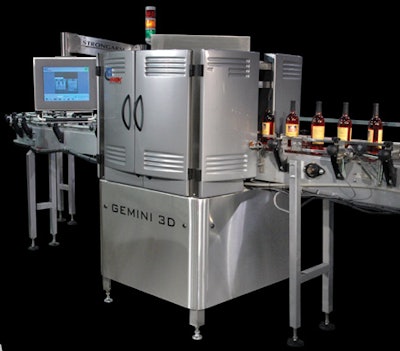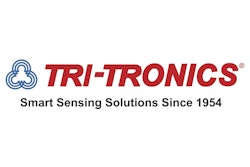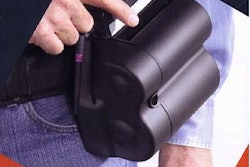
For decades ICS Inex Inspection Systems has provided high-speed container inspection and flow-control systems used by glass manufacturers such as Owens-Illinois and Rexam and by packagers such as Coke and Pepsi. The ICS Inex systems rely on a proper read by proximity sensors. These devices play a crucial role in machine performance by letting a complex inspection or flow-control system know that a container is in place—or isn’t. Such sensors also indicate if a container has fallen, providing notification of a possible jam. The sensor’s ability to avoid false positives is also important. After all, what manufacturer wants a machine to stop when it doesn’t have to?
There are few tests as challenging for a sensor as detecting the presence of clear glass bottles. Typical sensors can be confused by “burn through’’—lensing of the light through the bottle, which can cause a sensor to see a single bottle as more than one.
“Until recently, there have not been many attempts to address clear-container sensing,” says ICS Inex director of engineering Mike Lawn. “This has always been a problem for glass manufacturers and for packagers. Every sensor works pretty well except when it comes to these challenging optical issues, especially clear bottles. If you find a sensor that can do that, then it can handle just about anything.”
Lawn says his company has found such a sensor: The RetroSmart™ retro-reflective proximity sensor, optimized for clear-object detection, introduced by Tri-Tronics in Spring 2005. “It’s a solution to a problem,” says Lawn.
Before choosing the RetroSmart as its proximity sensor of choice, ICS Inex conducted demonstrations of various brands of sensors. The tests were made to see how they would perform with glass bottles, plate glass, and even cellophane. Tri-Tronics’ RetroSmart was the clear-cut winner for its functionality and simplicity, according to Lawn. “Our customers just want to be able to push a button, and that’s what the RetroSmart sensor gives them.”
Tri-Tronics’ One-Touch Autoset™ feature is what makes the RetroSmart unit so easy to use. As for its clear-container sensing abilities, Tri-Tronics chose not to elaborate on the technology behind this capability.
Costs less longer term
The RetroSmart sensor costs a little more than the sensors they have been using, says Lawn, “but its functionality is the most important thing, especially with solving double triggering—seeing one bottle as two. Long term, this sensor will save us money in technical support.”
It also fits into the company’s plans toward standardization as a means to efficiency and cost savings. Lawn believes that the sensor’s utility will yield savings in inventory costs because it can be used in a number of applications. He expects it will be used in a range of the company’s machines, likely 10 in all, with each using as many as 10 of the sensors.
Another key positive is that the RetroSmart sensor is manufactured and sold by an American company, Lawn says. For ICS Inex and its customers, the RetroSmart is a clear winner.























